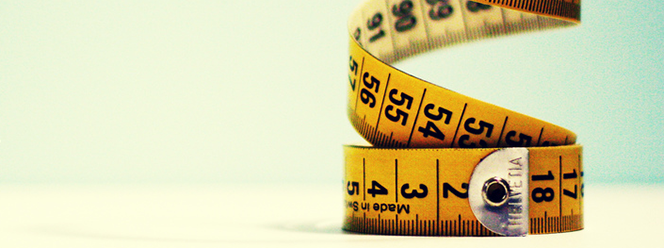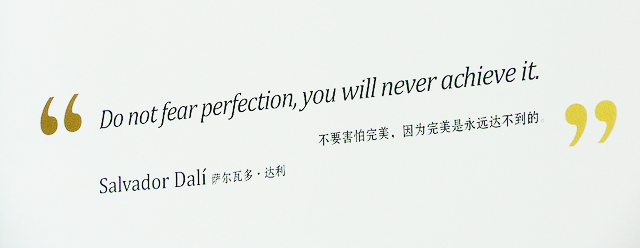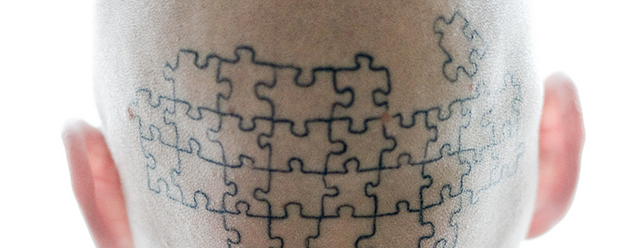
by Tara Joyce | Jul 19, 2016 | Self/Business Growth

To see only yourself in every reflection, and only the parts you want to see, a life is lived in the shallow end. Where there is deepness and darkness, you do not probe, unwilling to go deeper. Uncomfortable with its truth, you reject and dismiss that which you care not to understand.
To be shallow is to only see—and believe in—the surface facade of others, and of yourself. This shiny surface is so alluring when the darker, less “perfect” aspects of yourself are unacceptable. You live on the surface, so that life’s deeper truths and anyone who expresses them, can easily be rejected.
To dip below the surface is supremely threatening, for to acknowledge the depth possible is to accept the imperfect life we each bear. Dipping below your own facade, your own shiny surface, to acknowledge and accept your own imperfections is more than your shallow heart will currently bear.
Instead, it is easier to see that “other” people have issues, that there is something supremely “wrong” with them. It is easier to point fingers and to place blame. It is easier to not understand and to judge. Resolved of responsibility, comfortable in the shallow end, you do not see the deeper, darker truth of yourself hidden in plain sight. Everyone in your life is a mirror reflecting back the parts you love and dislike about yourself. Those which provoke you and numb you, those which drive you to turn away and to hide from your darkness, are the very reflections you can learn the most from.
photo credit: stttjin

by Tara Joyce | Jun 10, 2016 | Cultural Creativity, Personal Branding

It’s an endless quest to be good enough in another person’s eyes. Not facing our own thoughts and feelings, we measure our self using the eyes of another. Unable to acknowledge it’s really our own perception of self that we use as the measure—not theirs.
It takes practice to feel good and whole as we are. Sometimes, rather than doing this, we buy clothes and things, chase and stockpile money, and do what we can to be “better” than others. In comparison, we find our worth.
Rather than question and/or remove ourselves from the mindsets and situations that exert and encourage this dance of superiority/inferiority, we can find ourselves feeding into it and trying to puff ourselves up in order to match it—and even beat it. In our armour of clothes, hair, beautiful things, and pomp we are elevated and protected.
A culture of buying into the need to feel superior (and invariably, inferior) to others. A collective experience encouraging us and teaching us all to feel so very insecure.
Repeatedly pushed and pulled to feel inferior and superior, internally and externally, this wild see-saw of emotion is crazy-making. In our totality, we are no better nor worse, yet we each have qualities that make us “better” than another. It’s focusing on these qualities that gets us caught on the see-saw. Feeling superior ultimately leads to feeling inferior. And vice versa. The pendulum keeps swinging, the see-saw rises and falls.
How do we know what is impressive to another? Thinking what impresses us is what impresses everyone leaves us in fantasy, believing everyone is like us. And they are not. Acknowledging our fantastical expectations, we are pulled by them less by them—and we’re less likely to push them on others, keeping ourselves on the see-saw.
We are neither as perfect nor as terrible as we imagine ourselves (and others) to be. Accepting this frees us from the push and pull to be “the best.” Equanimity actively dissolve the illusion surrounding us.
For our own happiness, we need to own the places where we compete and compare, where we feel inferior and superior to others. It’s so very okay that we ride the see-saw. It’s so very okay we measure our self against others. Owning this, we make the see-saw an easier ride for all of us. Now, the pendulum has less space to swing, and the ride becomes less wild. For the moment, in our truth, we are each good enough.
photo credit: Mike Leary

by Tara Joyce | Mar 17, 2016 | Self/Business Growth

It needs to be good. No. It needs to be great. If it isn’t, it’s not worth anything.
My sentiment is, of course, not true. Despite how I may feel, the worth of it, of anything, lies not in its goodness (or lack thereof) but in what is being expressed and shared through it.
After all, “goodness” and “greatness” aren’t real measures of anything. You may feel it’s good, while I may feel it’s not. Who’s right? We both are.
So who really cares what’s good? Why let your fear of not being IT stop you from expressing? If you are doing your best, that is what matters. As creators, what we truly desire is to do our best with the resources we have. Good or not, your expression has value.
As you expand your resources, you’ll find you reach a place where you can do better than you did before. You may find yourself feeling your work from before is not as good as you feel it could be today. This is not a sign of your ineptitude. This is a sign that you have improved and grown. You now have more information, more practice, and more support than you’ve ever had before.
You are better, you have improved, and now you’re seeing how you’ve grown. Resist the temptation to feel upset by your previous expressions, feeling they are not good enough. They are beautiful artifacts of your growth between now and then. Before, you simply weren’t able to see how you would and could express yourself better—and now you are. That’s invaluable stuff.
photo credit: Ana C.

by Tara Joyce | Jun 9, 2015 | Cultural Creativity, Innerpreneurship

Many of us dream of reaching perfection, not realizing the cost of it. Many of us dream of the day we can banish our imperfections from our lives.
Perhaps, you too feel you’d be happier without your imperfections. I’m certainly not here to disagree. There’s nothing wrong with wanting to improve your Self.
But there is a difference between transforming your imperfections, and removing them.
Transforming them allows you the ability to choose to see your imperfections in a different light. In recognizing them clearly, you can begin to feel different about them, and to empower your Self to use them differently.
Removing or denying your imperfections, however, un-grounds you from the truth of your Self, and the reality you’re trying to ignore. By removing and denying your imperfections, you’re removing and denying your ability to feel different about them, and to change them.
In one, your reaching for imperfect perfection; in the other, you’re reaching for impossible perfection. One nurtures, while the other destroys, your sense of Self.
You can feel different. You can grow in your perfection. You have the power to change what you do not like about your Self. But to do so, the changes — and changing — must first come from within you.
You must face and embrace your imperfections. You must be willing to see them. In doing so, you can learn how to be with them and how to use them differently. In embracing your imperfections, you begin the process of transforming them into something of beauty. Something imperfectly perfect. As defined by You.
Reaching for your perfection is not easy. Transforming your imperfections is hard. But it’s the cost of realizing your dreams, and it’s always a goal worth working on.
photo credit: Michael Coghlan

by Tara Joyce | Dec 2, 2014 | Cultural Creativity, Self/Business Growth

In order to write Pay What It’s Worth, my first book of what I hope is many books, I needed to trick myself into not being so scared. I didn’t believe I could do it. I didn’t trust that I had what it took to fulfill a dream I’d held for so long. I couldn’t see how I could clearly share everything that was within me.
As time passed and I continued to struggle with inaction, I decided that a re-framing was in order. I needed to see my newly forming book not as a static unchanging expression (a singular book) but rather as a system of expression (a book that could be upgraded with new versions as my learning and growth arose). Complex systems get created incrementally, layer by layer, by implementing sequential and layered designs that connect to deliver a better whole. They are not formed all at once, nor are they formed perfectly.
I understood this truth, lived it in my non-writing work, and with space and continued struggle, I saw the necessity for this thinking to be applied to my writing work. I was paralyzed without it, stuck reaching for the impossible goal of permanent perfection. I desperately needed to see beyond my ego needs. I desperately needed to understand that there was no real reason that the systems thinking I had grown to love and trust, to incrementally connect things layer by layer, could not be applied to my (or any) book, or to the introduction of an idea and approach I desired to share.
By embracing this systems perspective in my book writing (and in my sharing of an idea close to my heart), it helped me to create freedom to take action on my ideas. In shifting my thinking, I allowed my creation to be imperfect, and I was able to accept that these imperfections would be highlighted and gradually improved upon with time-space and experience. As a person that uses perfectionism as a tool for inaction, this shift in thinking was critical for me to be finally able to move out of the stuck place I was in. I needed to get outside my own desire to get everything exactly right, whatever that meant.
I needed to think about my creation as a layered, changing system so I could feel free in it — free to change, free to grow, free to not know, free to let it out as it was. Seeing my book as system to be grown incrementally helped me create the freedom I needed to move forward to create and express. Systems thinking released me from the unreality of perfection. Systems thinking allowed me the space to naturally make the connections I needed to grow, and systems thinking will continue to support me in growing and building the freedom of creation I desire.
photo credit: Georg










